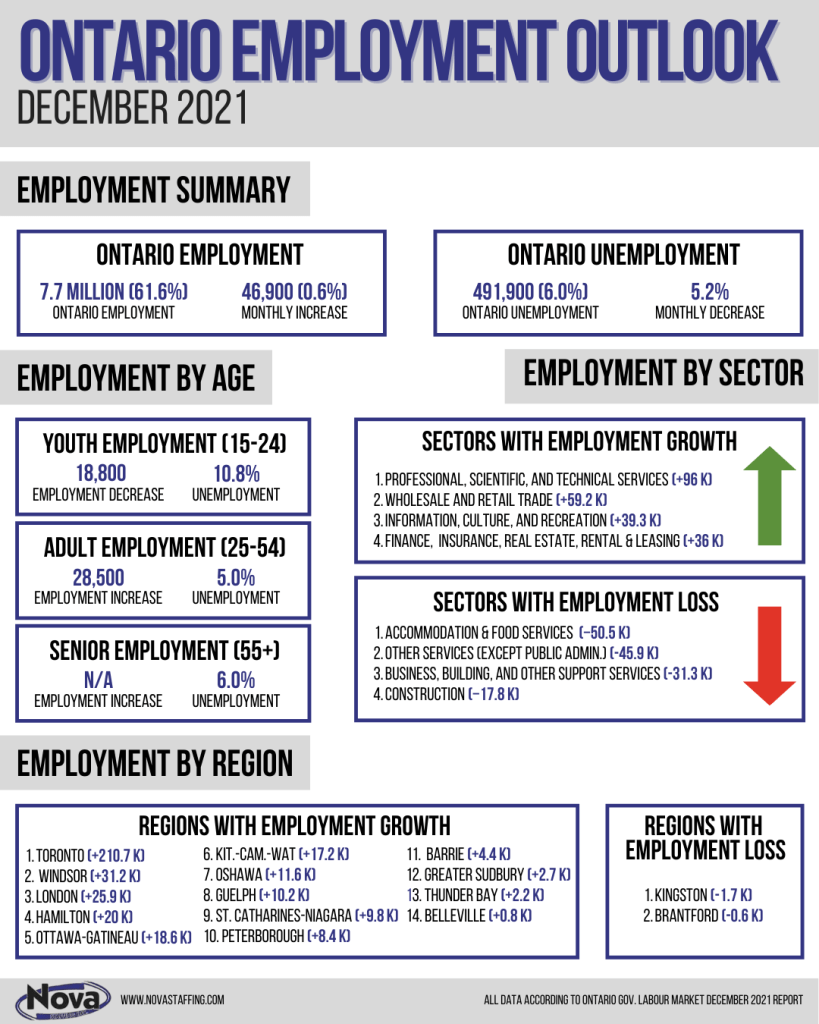Employers are keener than ever to roll out in-office models and get employees physically back in the workplace. This plan has been met with resistance by employees, many of whom are pushing back against the move. Employees are hesitant to lose the flexibility and freedom remote has given them over the past few years, resulting in anxiety about returning to the office. The job market is in favor of employees these days, so here are some ways employers can reduce the return to work anxiety and get employees comfortable coming back.
Listen to Employees
Once your company has made the decision to bring employees back into the office, our HR experts at Nova Staffing suggest you start this move by opening up discussions with your workers. Get their input on what days they’d like to come in, what accommodations they need to feel safe, and answer any questions they have.
Embrace Hybrid Models
Many employees are open to coming back into the office part-time but may be resistant because they fear it will become a five-day-a-week thing again. Employers that have embraced the hybrid model, where workers come in only a few days a week, have had much less pushback from employees. Employees are less anxious about returning a few days if they know they still get the flexibility of WFH the other days.
Make a Plan
A big cause of back-to-office anxiety is the unknown. Will it be a permanent thing or just temporary? What about vaccination? Will there be changes to sick leave policies? Having a clear, comprehensive back-to-office plan will make employees feel more comfortable and secure. Our HR experts suggest making a plan after talking with employees and then going over it with them once management has drafted it to see if there are any major issues.
Create Guidelines & Rules
For many companies, things turned more casual when working from home. Employees may be feeling anxious about returning to the office because they don’t know whether they’re stepping back into corporate culture or if the new more-lax attitude is carrying over. Before bringing people back in, great guidelines and rules around things like dress code, social distancing, mask use, vaccination, sick days, etc.
Provide Mental Health Support
Burnout is one of the biggest causes of the Great Resignation and a major source of people’s reluctance to return to the office. Remote working did wonder in helping employees establish a healthy work-life balance. Having more control over their work environment and schedule helped employees improve their mental health. Make sure your company has support for those who may have mental health struggles about returning to the office.
Do you need help filling job positions or HR advice on how to bring employees back into the office effectively? Contact Nova Staffing today! Our team of hiring experts has over 200 years of combined industry experience, and we’d be happy to help.












